Choosing the Right Roofing Material
An old song says “you’re never fully dressed without a smile.” While it might not be as catchy, it’s also true that no house is complete without an attractive and watertight roof. While we won’t quit our day jobs to write song lyrics, we will note that selecting the roofing material for a house is a decision that must be made keeping a multitude of factors in mind.
Not only is the roof’s appearance often a primary visual element of a house’s design, but the weather-tightness and longevity of a roof is a major concern for the homeowner. Many good options are available and each material has its own benefits and drawbacks that should be considered.
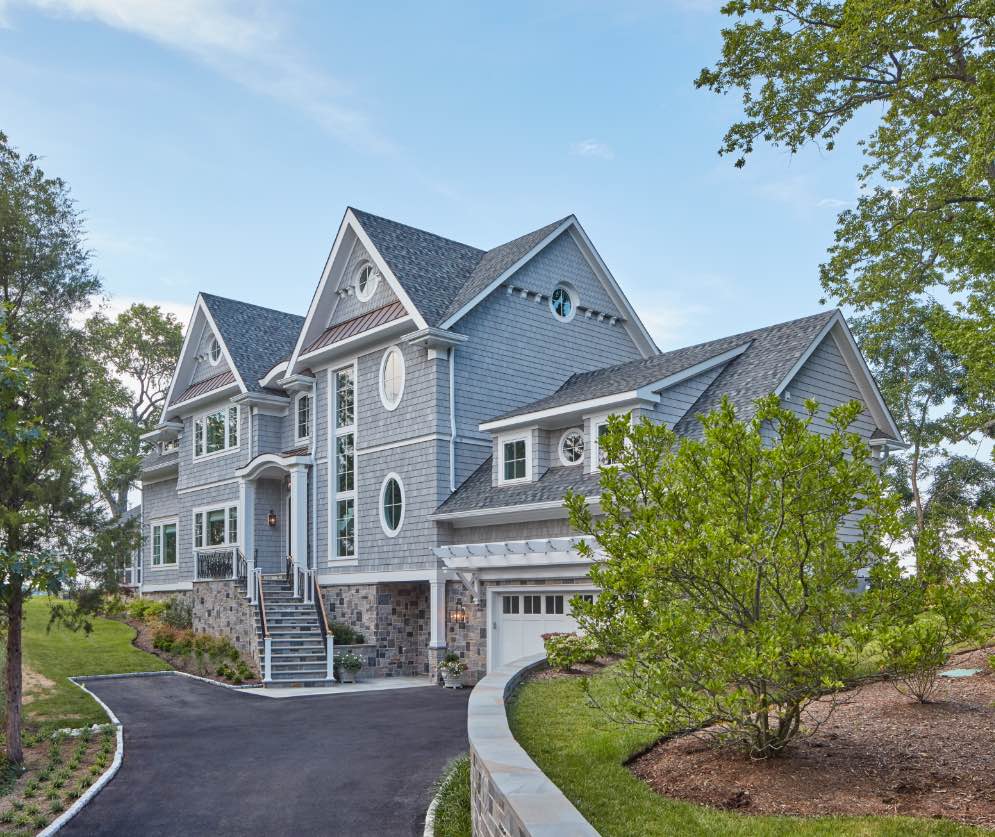
Asphalt Shingles: The most common and cost-effective roofing material, asphalt shingles are much improved from the basic three-tab or strip shingles that were common years ago, which are still used on lower-cost homes. Typically called “architectural” or “dimensional” shingles, heavy-duty asphalt shingles are made with multiple layers of asphalt, giving them a thicker edge and more pronounced shadow line than strip shingles. This manufacturing method allows the shingles to be shaped to resemble wood or slate roofs, creating an attractive visual texture. Manufacturers offer a huge variety of textures and colors, allowing asphalt roofs to complement almost any palette of materials. Warranties are commonly 40-50 years, with lifetime warranties available from some companies. Asphalt is effective across a large range of roof slopes and can be used on pitches as low as 4/12, with some manufacturers allowing even flatter pitches. Although some color fading can be expected, the appearance of an asphalt shingle roof doesn’t greatly change over its lifetime.
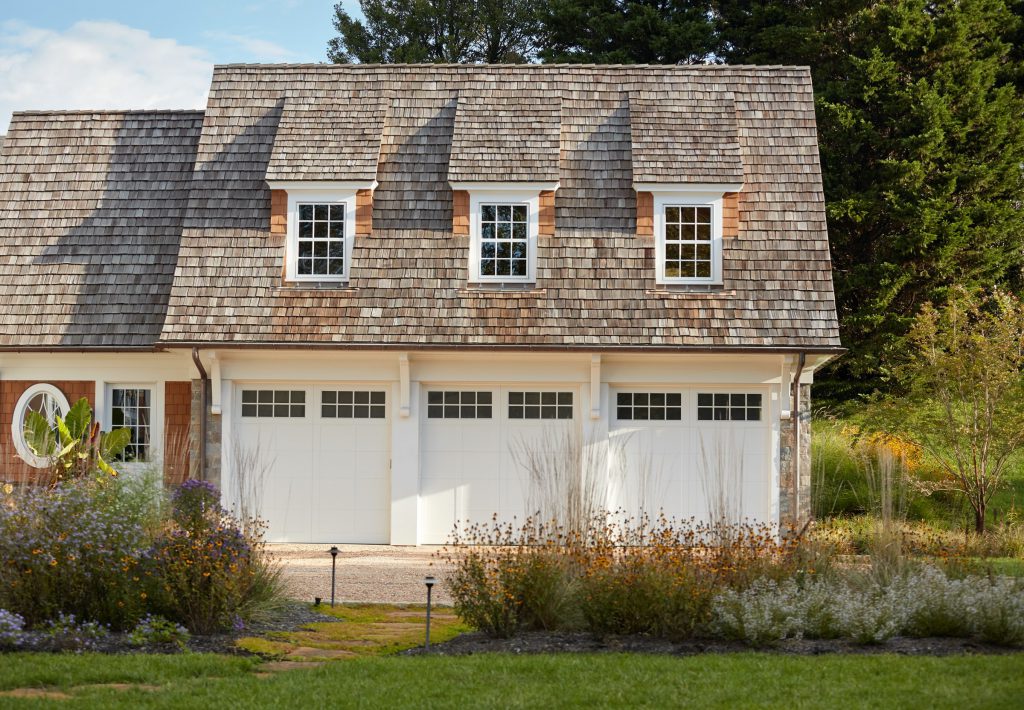
Wood Shakes and Wood Shingles: A classic traditional building material, wood shakes are appropriate for Shingle Style, colonial, and Nantucket-style architecture. When used with wall shingles or clapboard siding, they provide a timeless appearance. As a natural material, they are not a good choice for extremely arid areas with a high probability of fires. The most common wood used in roofing shakes and shingles is cedar, although redwood is used as well. Shakes are made by splitting logs, and are most often left with the rough split faces showing to create a more regularly shaped product.
Wood shingles are sawn on both sides, are thinner than shakes and are butt and square. A properly installed and maintained wood roof can last 50 years. One of the most attractive features of a wood shake or shingle roof is the naturally weathering finish. Not every homeowner appreciates or wants the appearance of a natural material with a “living” finish that changes over time, but for those who are seeking the look of that traditional weathering, wood shakes or shingles roofs are unmatched. The initial cost of a wood shake or shingle roof can be three to four times as much as asphalt shingles. Because wood roofing is subject to decay, it must be carefully installed so that it can breathe, most often over a ventilated underlayment.
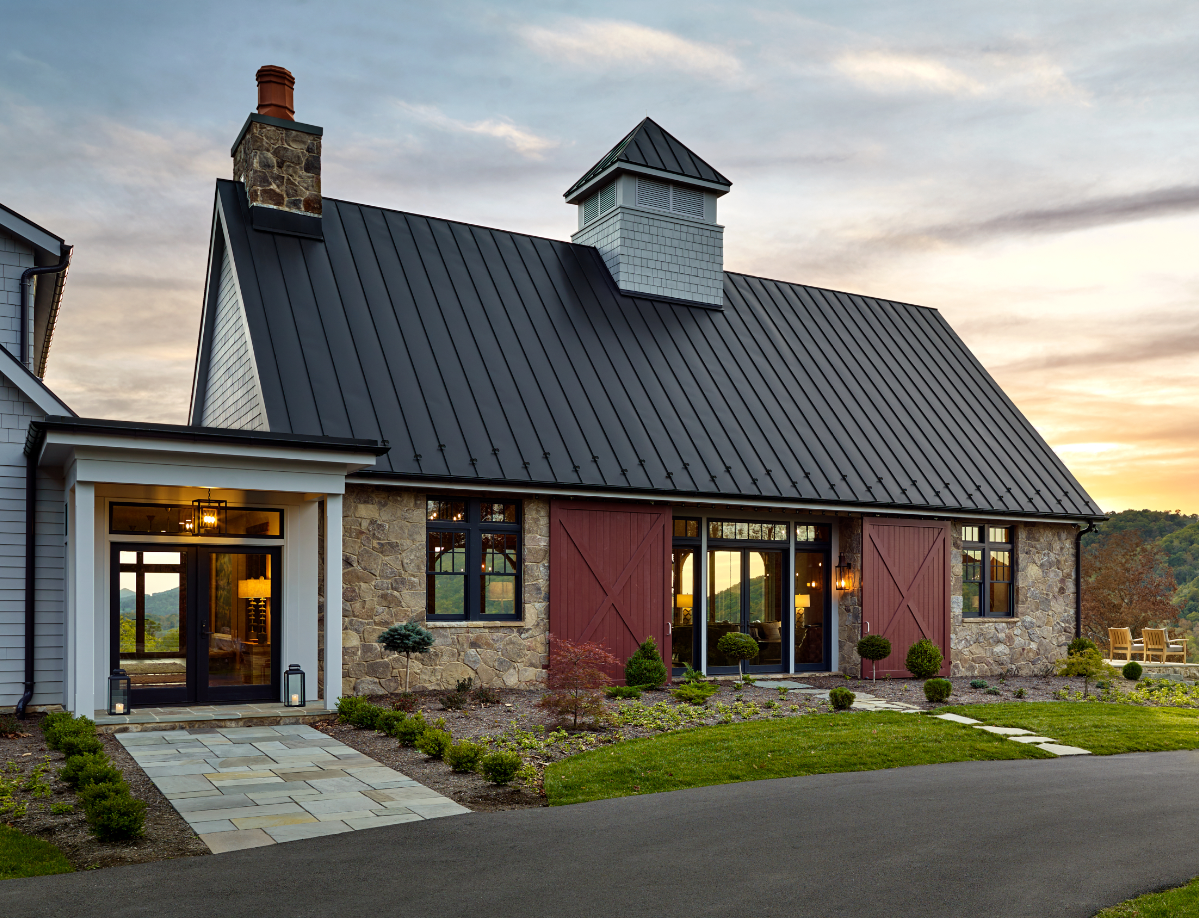
Metal Roofing: Most metal roofing used residentially is standing seam, although flat seamed roofing is used on very low slopes or complex curved surfaces. Standing seam roofing is typically made from aluminum, steel or copper, although less frequently other metals such as titanium can be used. Aluminum’s natural resistance to corrosion makes it an excellent choice for marine environments where salt can accelerate corrosion. Steel roofing tends to be slightly less expensive than aluminum, and it can be coated with either zinc (galvanized) or a zinc/aluminum alloy (galvalume), or it can receive a painted finish to provide protection to the metal – infinite color options are available. Copper roofing can be left unprotected, since the natural oxidization of the metal creates a natural protective coating called patina.
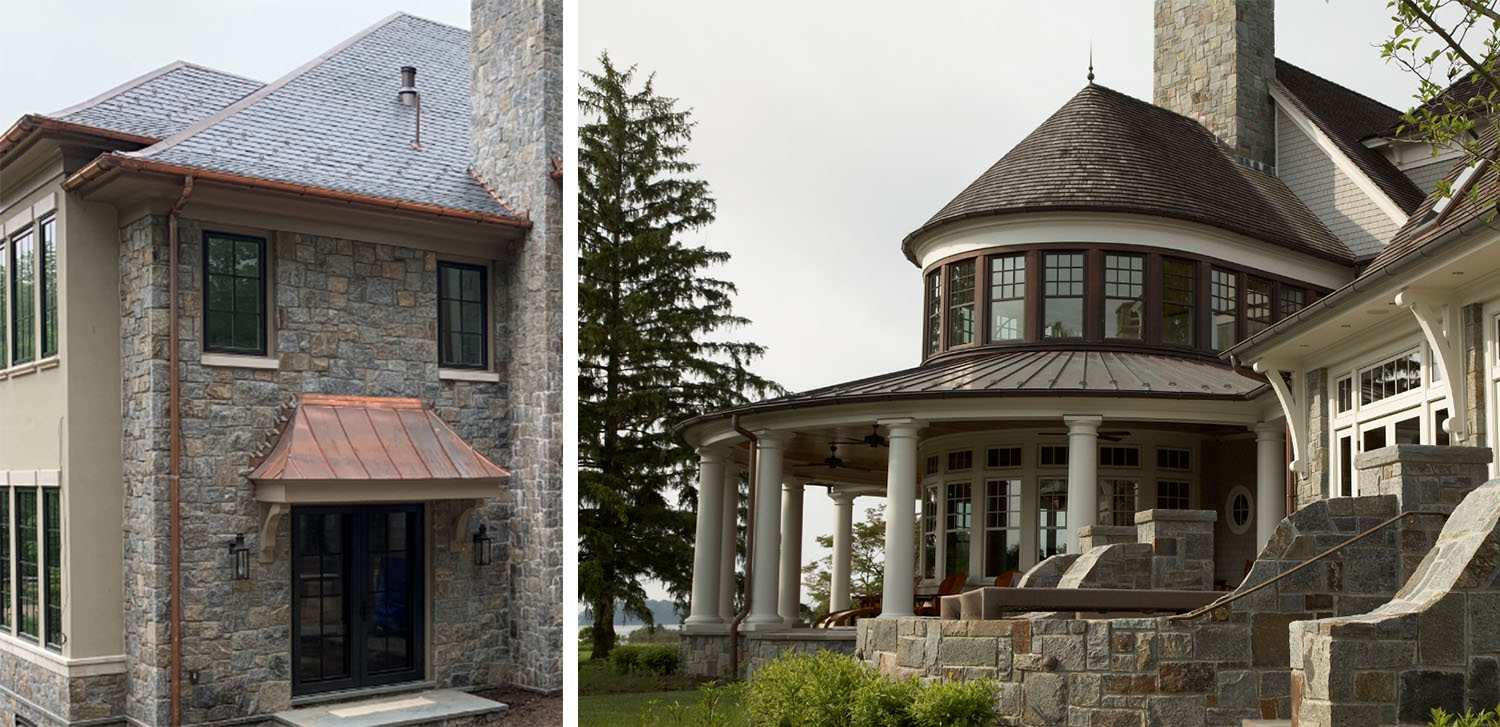
The patina naturally develops over time, changing from the bright finish of a new penny to a dark bronze in just a few weeks, ultimately turning to a pale green color after months or years of weathering. Since metal roofing has been used for centuries, it can complement almost any architectural style. It is forgiving of low slopes, particularly when flat seamed. While steel or aluminum roofing costs around three to four times as much as an asphalt shingle roof, and copper roofing even more, its life span can be 50-100 years. Metal roof installers must take care to use compatible metals throughout a roofing installation, since placing dissimilar metals against one another can degrade metals through a process called galvanic corrosion, drastically shortening a roof’s life.
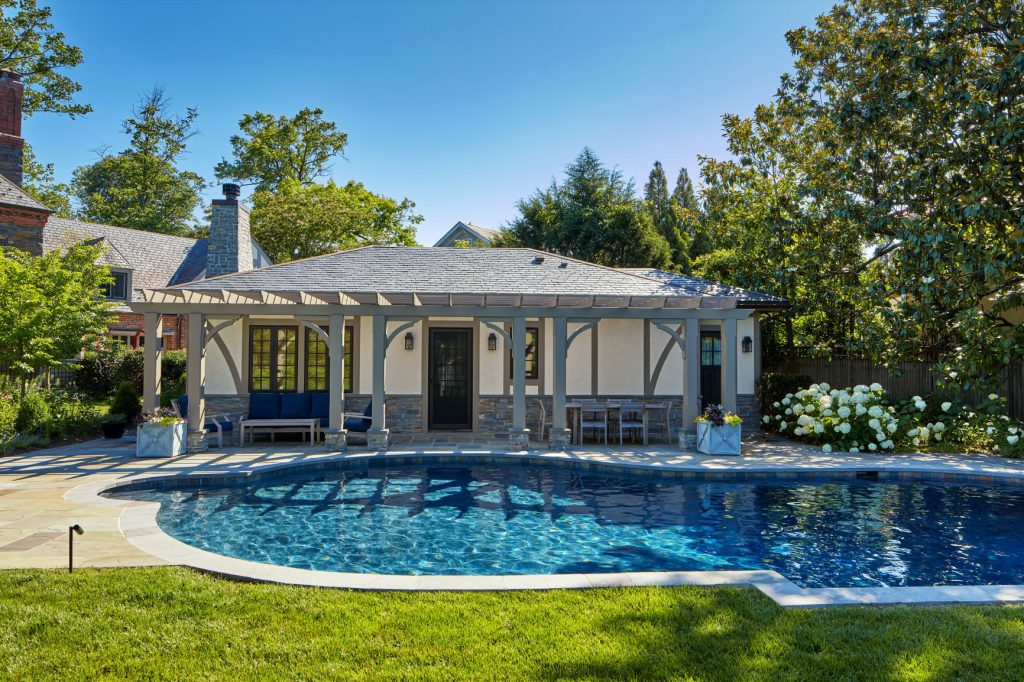
Natural Slate: One of the longest-lasting roofing materials, slate has a long history as a building component. Most often used in traditional architecture, slate gives an impression of permanence and quality to any structure. That long life comes at a price, as a slate roof can cost up to three times as much as a metal roof. Since slate is a type of stone, slate roofing tiles weigh far more than any other roofing option, and that great weight must be accounted for during the structural design of a home. The flashing used with a slate roof is likely to be the weakest link in the roofing system, so the installer should pay careful attention to detailing and installation to ensure the entire roofing system lasts as long as the slates themselves.
Regardless of style or budget, every house needs a reliable and beautiful roofing system. Selecting the right material for the job will help keep a smile on the owner’s face for years to come.
Written by Alan Cook, studio director at PCA
